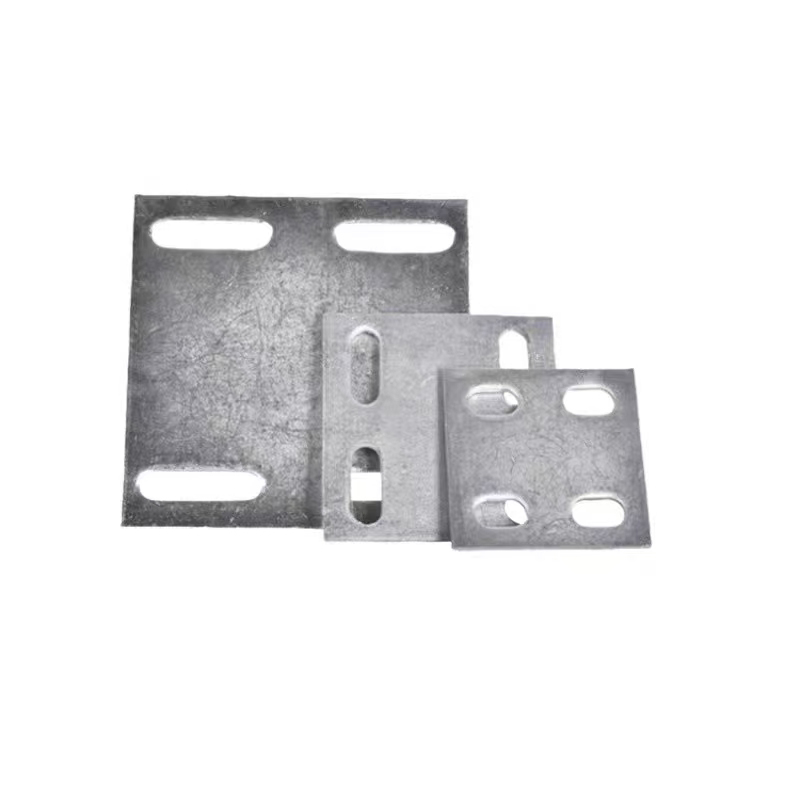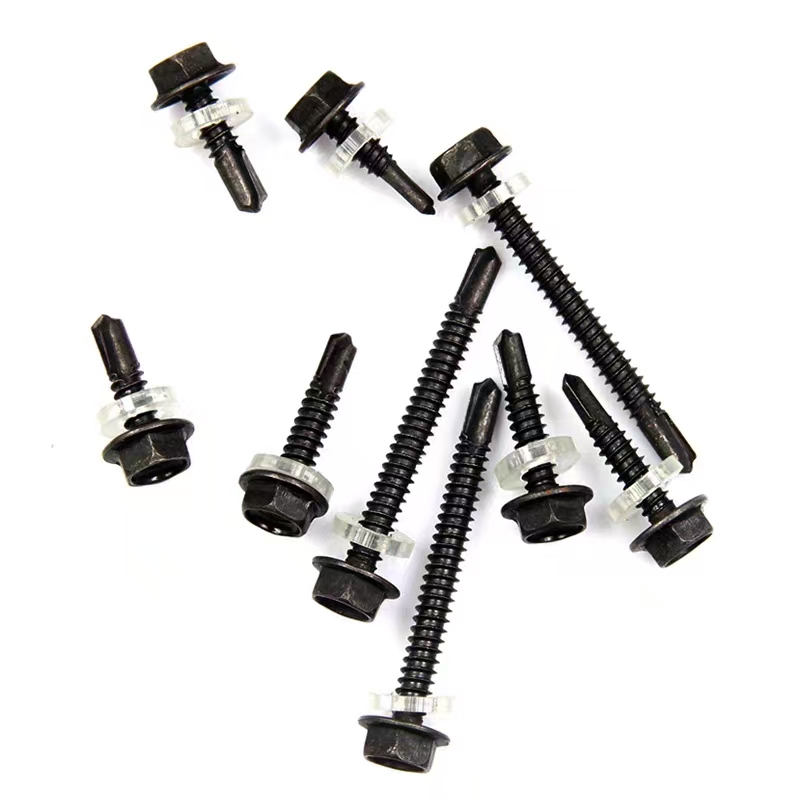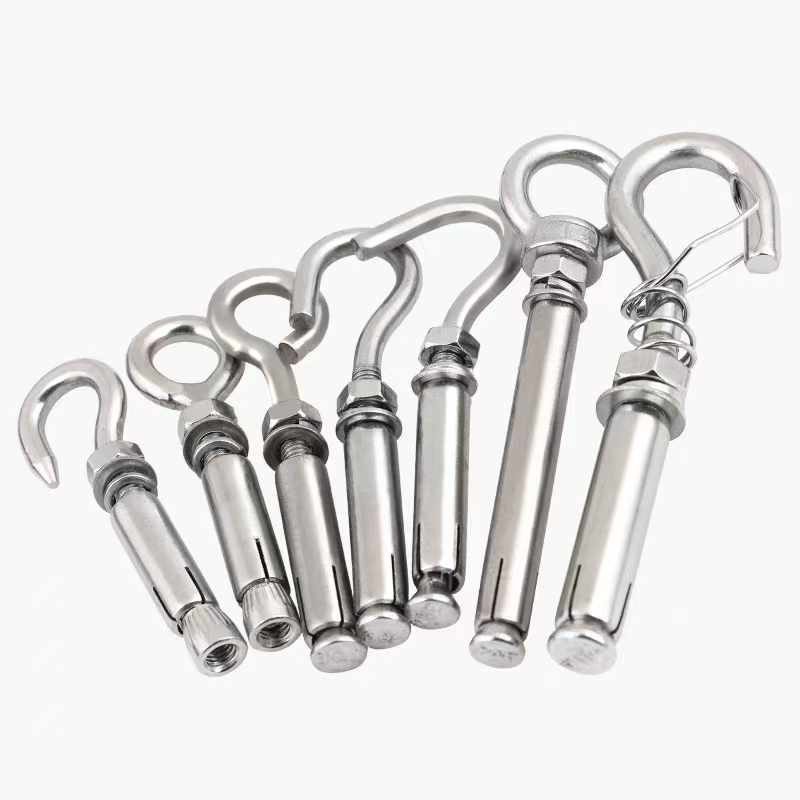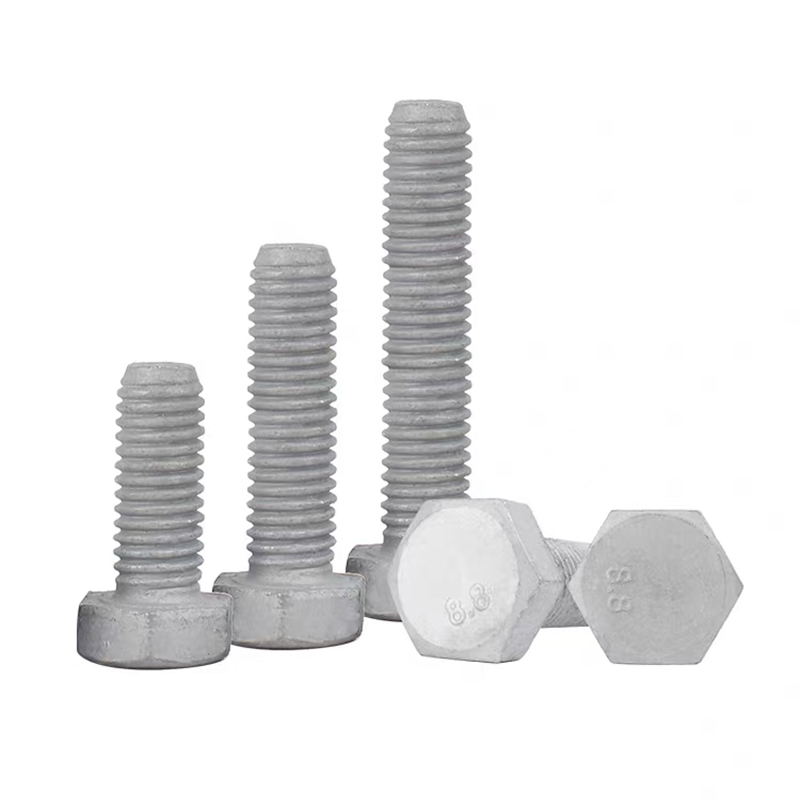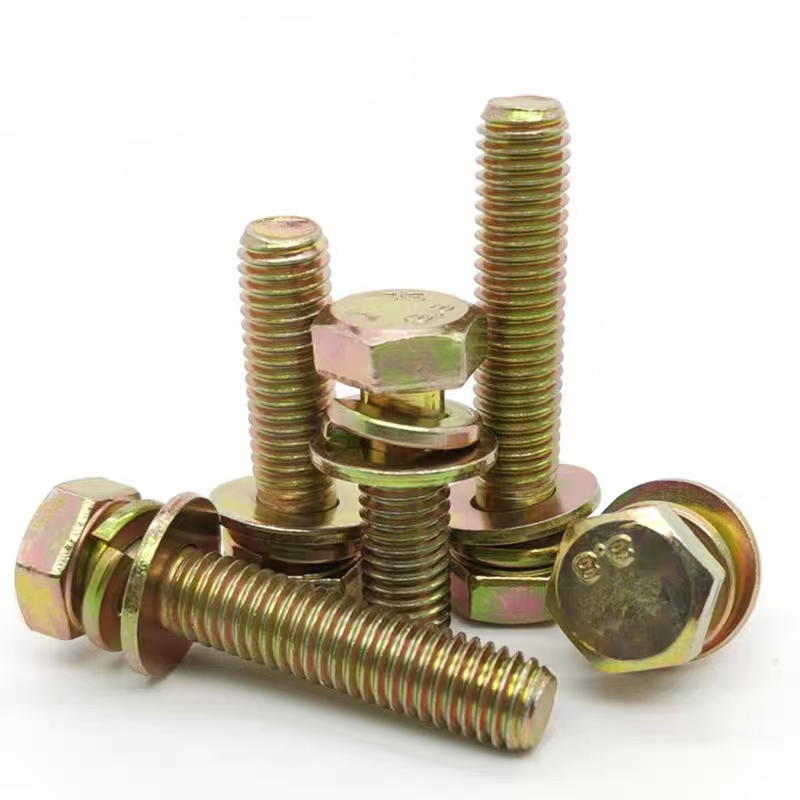- Chinese
- French
- German
- Portuguese
- Spanish
- Russian
- Japanese
- Korean
- Arabic
- Irish
- Greek
- Turkish
- Italian
- Danish
- Romanian
- Indonesian
- Czech
- Afrikaans
- Swedish
- Polish
- Basque
- Catalan
- Esperanto
- Hindi
- Lao
- Albanian
- Amharic
- Armenian
- Azerbaijani
- Belarusian
- Bengali
- Bosnian
- Bulgarian
- Cebuano
- Chichewa
- Corsican
- Croatian
- Dutch
- Estonian
- Filipino
- Finnish
- Frisian
- Galician
- Georgian
- Gujarati
- Haitian
- Hausa
- Hawaiian
- Hebrew
- Hmong
- Hungarian
- Icelandic
- Igbo
- Javanese
- Kannada
- Kazakh
- Khmer
- Kurdish
- Kyrgyz
- Latin
- Latvian
- Lithuanian
- Luxembou..
- Macedonian
- Malagasy
- Malay
- Malayalam
- Maltese
- Maori
- Marathi
- Mongolian
- Burmese
- Nepali
- Norwegian
- Pashto
- Persian
- Punjabi
- Serbian
- Sesotho
- Sinhala
- Slovak
- Slovenian
- Somali
- Samoan
- Scots Gaelic
- Shona
- Sindhi
- Sundanese
- Swahili
- Tajik
- Tamil
- Telugu
- Thai
- Ukrainian
- Urdu
- Uzbek
- Vietnamese
- Welsh
- Xhosa
- Yiddish
- Yoruba
- Zulu
- Kinyarwanda
- Tatar
- Oriya
- Turkmen
- Uyghur

Electro-galvanized pin shaft
Understanding Electro-Galvanized Pin Shafts
In the realm of fasteners, the term 'electro-galvanized pin shaft' might seem straightforward, but it holds more complexity than meets the eye. These components play crucial roles in various mechanical assemblies, ensuring not only connectivity but also operational integrity. Yet, common misunderstandings persist, particularly regarding their corrosion resistance and application suitability.
The Basics of Electro-Galvanization
At its core, electro-galvanization involves coating a metal, such as a steel pin shaft, with a layer of zinc. This process enhances the pin's resistance to rust and extends its lifespan. But some might wonder, how effective is this coating? Well, the strength of the protection largely depends on the coating thickness. I've seen cases where thinner coatings couldn't withstand harsh environments, leading to premature deterioration.
Consider an application where the pin shafts are exposed to both moisture and chemicals—it becomes apparent that electro-galvanization, while beneficial, might need a boost from additional protective measures. It's wise to assess the environmental conditions before settling solely on this treatment.
Reflecting back on a project involving agricultural equipment, we opted for thicker zinc coatings. The machinery faced mud and rain constantly, and those extra microns of zinc proved invaluable in maintaining the integrity of the pin shafts over the long haul.
Misconceptions About Corrosion Resistance
A pervasive myth is that all electro-galvanized coatings provide equal levels of corrosion resistance. Don't fall into this trap. The real-world effectiveness can vary significantly, influenced by factors such as ambient humidity and exposure to air pollutants. While the zinc layer does delay rust, it's not infallible.
In situations like coastal areas, where salty air accelerates corrosion, relying solely on electro-galvanized pin shafts might lead to unexpected maintenance issues. Here, an extra layer of protection, such as a paint or sealant, can be a game-changer.
There's also the question of environmental impact. As the zinc layer erodes, it can have ecological repercussions, particularly in sensitive ecosystems. Companies should consider these aspects when choosing materials for projects in vulnerable regions.
Application Suitability
Choosing the right pin shaft involves matching its properties to the intended use. Electro-galvanized pins excel in specific conditions but aren't a one-size-fits-all solution. I've often recommended them for indoor or sheltered applications where moisture exposure is minimal.
In high-precision settings, where every component's integrity is critical, the decision becomes even more nuanced. For example, electro-galvanized shafts might not suit high-vibration environments unless combined with additional stabilization measures.
During a recent assessment with a manufacturing client, using electro-galvanized pin shafts in their automated systems highlighted the importance of application-specific customization. Especially when dealing with repetitive mechanical stress, ensuring proper fit and finish was crucial to avoiding unexpected downtime.
Case Studies and Lessons Learned
In practical applications, a few case studies shed light on the versatility of these pin shafts. I recall a transportation industry project where we utilized electro-galvanized pin shafts in vehicle assembly. Over time, wear patterns emerged that informed future design tweaks, significantly improving longevity.
Another instance involved construction scaffolding where the electro-galvanized coating played a pivotal role. Harsh weather conditions initially tested the limits of our materials, but the combination with strategic design enhancements proved successful.
Such experiences strengthen the understanding that while electro-galvanized pin shafts are robust, ongoing evaluation and adaptation in their usage remain essential to meet varied demands.
Considerations for Future Projects
Reflecting on these insights, it becomes clear that selecting the optimal fastener is both an art and a science. Electro-galvanized pin shafts continue to serve industries well, yet require meticulous consideration of environmental factors, usage demands, and potentially complementary modifications.
For those navigating this selection process, collaboration with experienced manufacturers can make all the difference. Established companies like Handan Zitai Fastener Manufacturing Co., Ltd. (visit their website at zitaifasteners.com) provide valuable guidance, thanks to their extensive background and strategic location for efficient production and distribution.
Ultimately, it's a balance—the right material, the right treatment, and the wisdom gained from real-world application. Staying informed and adaptive is key to harnessing the full potential of electro-galvanized pin shafts.
Related products
Related products
Best selling products
Best selling products-
 Electroplated galvanized gaskets
Electroplated galvanized gaskets -
 High-strength blackened nuts
High-strength blackened nuts -
 Electrogalvanized hinge bolts
Electrogalvanized hinge bolts -
 Colored zinc-plated expansion hook
Colored zinc-plated expansion hook -
 Hot-dip galvanized chemical bolts
Hot-dip galvanized chemical bolts -
 Colored zinc-plated cross countersunk drill thread
Colored zinc-plated cross countersunk drill thread -
 10.9S large hexagon bolts
10.9S large hexagon bolts -
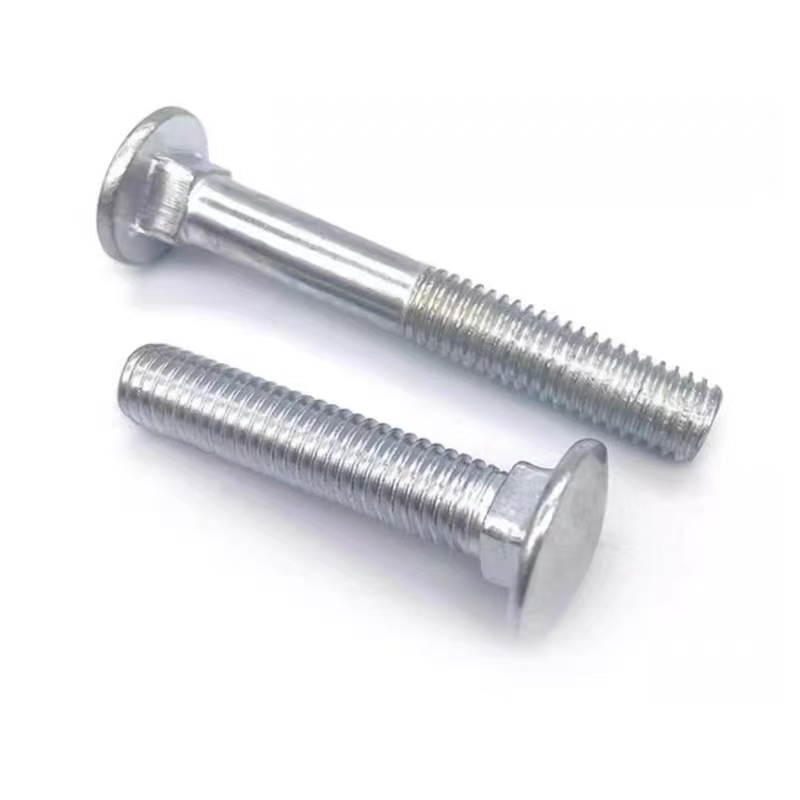 Carriage bolt (half-round head square neck bolt)
Carriage bolt (half-round head square neck bolt) -
 Electrogalvanized cross countersunk drill thread
Electrogalvanized cross countersunk drill thread -
 Anti-loosening nut (locking nut)
Anti-loosening nut (locking nut) -
 Colored zinc-plated gaskets
Colored zinc-plated gaskets -
 Black zinc plated hexagonal bolts
Black zinc plated hexagonal bolts


